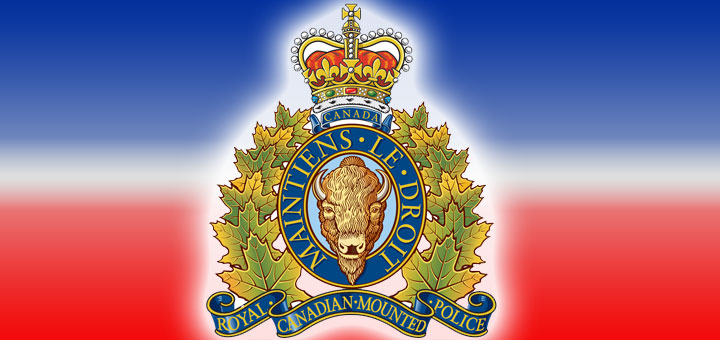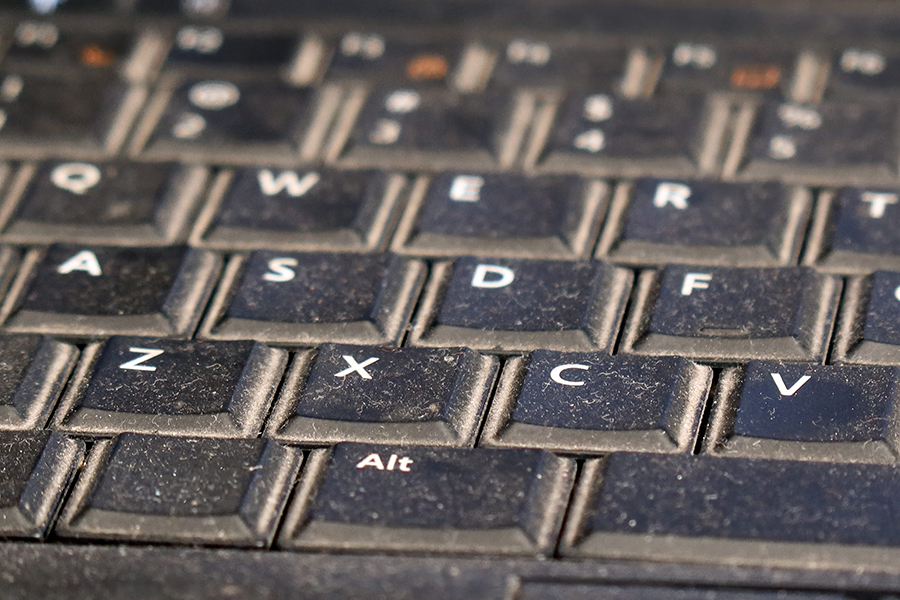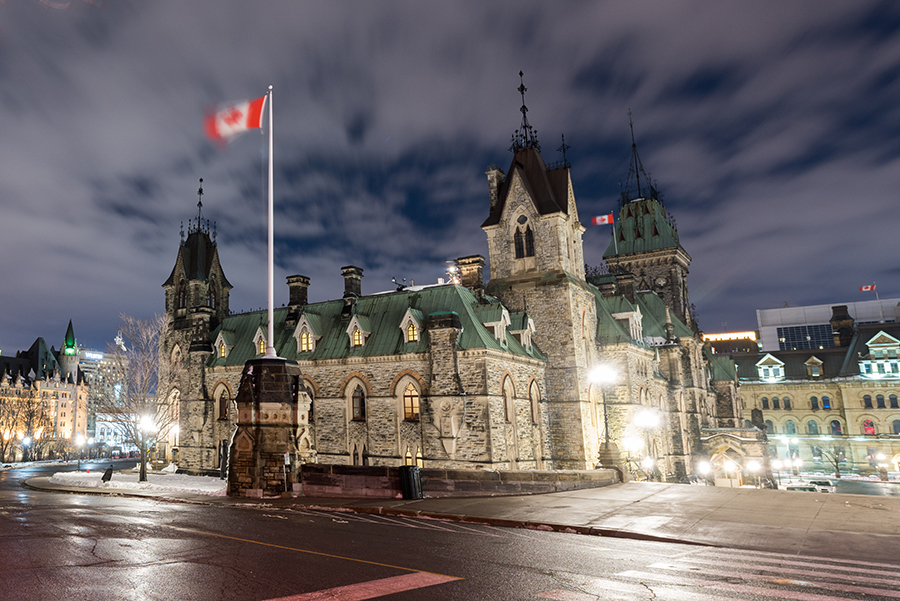Printable handguns found in multiple police seizures in the Westshore
Sidney Coles
Local Journalism Initiative Reporter
Last week, Saanich Police along with the West Shore RCMP announced that it executed search warrants in Colwood and Langford and recovered an untraceable ghost gun made with a 3D printer—and drugs with a street value estimated at more than $200,000.
Ghost guns are firearms without serial numbers that are assembled from individual parts or 3D printers, and this is not the first time they’ve been found in the Westshore.
A year-long RCMP probe resulted in the seizure of multiple 3D-printed handguns (pistols) from searches of three residences in March. That investigation was targeting drug-trafficking activity in Duncan and Sooke.In February, BC’s provincial gang unit seized a 3D printer, a loaded 3D gun and 3D printed frames, slides and magazines from a gun-making operation they raided in Prince George.
VicPD Chief Del Manak told The Westshore, “It is critical that ghost guns be recognized as prohibited weapons, that restrictions apply to replica firearms, and that firearm parts be specified in provisions pertaining to prohibition orders, offences, and exemptions. These provisions are aimed at preventing criminals from using legal technology and/or parts to manufacture illegal firearms used to commit criminal offences.”
The difference between the number of real versus replica guns being seized by VicPD has been roughly on par since 2018 with the exception of a spike in both types in January 2023. That month, its officers seized 11 real and 8 functional or “ghost” firearms—more than twice the annual monthly average.
The illegality of ghost guns
The ability to print these functional firearms at home is presenting new challenges to police forces locally and across the country. Monitoring the printing of 3-D guns is challenging because the purchase and use of 3-D printers is not illegal.A national freeze on the sale, purchase or transfer of handguns by individuals within Canada, and on bringing newly acquired handguns into Canada came into effect on October 21, 2022. It was later codified through Bill C-21.
When it was, the statement from the Canadian Association of Chiefs of Police (CACP) read: “[The CACP] welcomes the news that Bill C-21 has passed and will soon receive royal assent thereby introducing essential provisions to the Criminal Code and the Firearms Act that address the issues of privately made firearms (ghost guns), replica firearms, as well as family violence and self-harm involving firearms.”
3D guns don’t have serial numbers on them and so evade typical legal, traceable registration processes that would otherwise help authorities track their ownership and use.
What it means to ‘print’ a gun
3D print files capable of creating a range of firearms, including assault rifles exist.
3D-printed objects are created through an additive process, where a printer places layer after layer of extruded material until the desired thing is ‘printed.’ Additive manufacturing is more typically used to make toys, machine, car and airplane parts – but the technology is also now being applied to rapidly print cheap houses. When a printer receives design data, it pulls extruded materials extruded through a hole and lays it down in layers until the object is completely rendered.
Blueprints of any object can be produced using modeling software or on websites where previous designs—sometimes proprietary (copyrighted)—can be downloaded from the internet. And while a fully functional firearm cannot be printed by such a blueprint, conversion kits that complete the guns can be purchased in stores or online.
Low-cost printers require a lot of assembling and calibrating before actual printing and are limited in the size of objects they can produce and the materials they use. ‘Enthusiast’ 3D printers can print objects as large as eight inches to one foot in each dimension using a greater range of materials. So-called performance printers have large enclosed areas and can print large objects in a range of materials, including carbon fibre and polycarbonate.
The technology is relatively cheap, which is driving their increasing popularity.
Consumer printers can cost anywhere from $500 to $20,000. Industrial printers cost between $20,000 and $100,000.
According to Field and Stream, a mid-price handgun costs between $600 and $1,200 USD. 3D technology is becoming a relatively affordable way to produce functional firearms.
Sidney Coles
Local Journalism Initiative Reporter
Capital Daily






